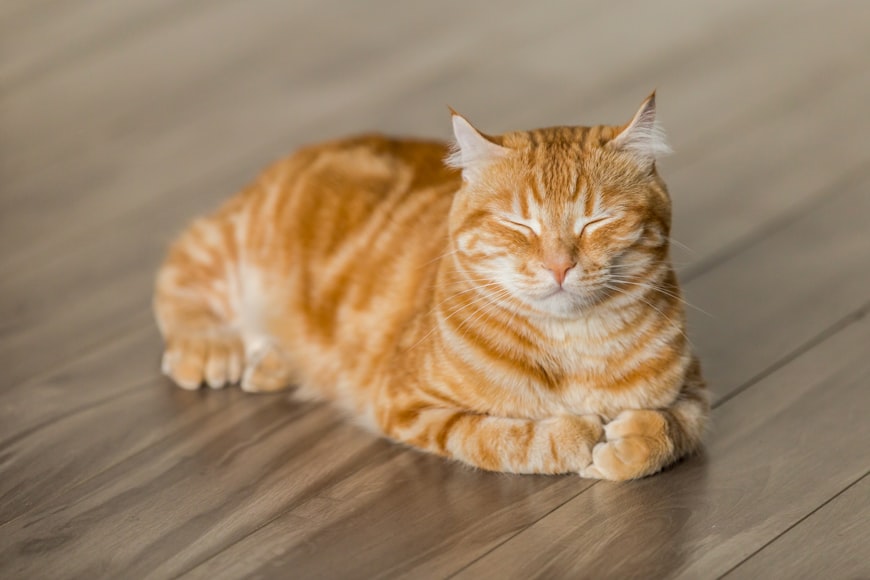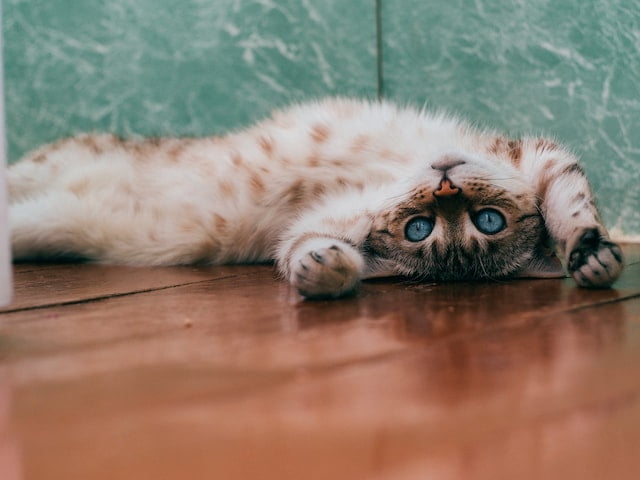Cats are among the most popular animals on the planet, but few cat owners know these facts about their furry friends that will make you love them even more. Whether you’re already a cat owner or thinking of bringing a kitty into your life, these 10 fun facts about cats will help you understand and appreciate cats in new ways. If you love cats, read on to discover what makes your favorite feline friend so unique!
1) Cats have been domesticated for over 4,000 years

Cats are the most popular pet in the United States, with 73 million living in homes across the country. The wild ancestor of the modern housecat is the African Wildcat (Felis silvestris lybica), which was likely first tamed in ancient Egypt. Despite being domesticated for over 4,000 years, cats retain many behaviors from their wild ancestors.
2) A group of cats is called a clowder
Cats are purrfect companions. These 10 feline facts will make you fall in love with these furry friends. They have a reputation for being aloof, but in reality, they just need time to warm up to people. And if you want your cat to come on command, try using its name and the word come at the same time.
3) The average lifespan of a indoor cat is 15 years

The average lifespan of a indoor cat is 15 years, which is about double the lifespan of an outdoor cat. Indoor cats have been shown to have better health and live longer than their outdoor counterparts.
We hope you enjoyed these tips for keeping your kitty healthy and happy!
4) A cat can sprint up to 31 mph
Cats are one of the most agile creatures on earth. It’s not unusual for them to be able to jump up to six times their height, and they can sprint up to 31 mph. Cats have thick fur that protects them from sharp objects and keeps them warm in cold weather. A cat’s skin is also very elastic, which helps it avoid injury during those quick bursts of speed. Check out the video below for more information about cats’ abilities
5) A cat’s brain is very similar to a human’s

Cats are known for their intelligence and curious nature, which makes them great companions for humans. In fact, cats’ brains are very similar to humans in many ways. For example, the same regions of the cat brain that light up when people anticipate and experience rewards light up when cats anticipate and experience rewards. This similarity is likely one of the reasons why cats can seem like furry little people.
6) Cats have excellent night vision
Cats have excellent night vision. In fact, they are one of the few animals that can see in total darkness. This is because their eyes have more rods and cones than other animals. Cats also have an extra layer of tissue at the back of their eyes that reflects light back through the retina, allowing them to see better at night than other animals.
7) Cats have an extra organ that allows them to taste scents

Cats have an extra organ that allows them to taste scents. This is called the vomeronasal or Jacobson’s organ. The olfactory bulb of their brain deals with the sense of smell, while the vomeronasal deals with the sense of taste. Cats use this sense primarily when they are hunting prey, as it helps them identify what animal they are tracking.
8) A cat has 32 muscles in each ear
Cats are usually on the prowl 24/7, so it makes sense that they would have some of the best hearing in the animal kingdom. On average, cats can hear 4 times better than humans and can detect high-frequency sounds up to 65 feet away. Cats also have 32 muscles in each ear (compared to our 6) which allow them to rotate their ears independently 180 degrees, letting them listen for prey from all angles.
9) A female cat is called a queen and a male cat is called a tom

Cats have been the companions of humans for more than 9,000 years. Cats are the most popular pet in the United States and there are more cats than dogs in some parts of the world. The average weight of a cat is 8 pounds and they can grow up to be 28 inches long. A male cat is called a tom and female cats are called queens.
10) Cats are lactose intolerant
Cats are lactose intolerant, meaning they cannot digest milk or other dairy products. This is because they lack the enzyme lactase, which is needed to break down the lactose in milk. Cats often vomit after eating dairy products and can even become deathly ill if they consume too much of it. If you want your cat to enjoy some dairy, try giving them small amounts of non-dairy alternatives like almond or coconut milk!



